Thermally modified wood offers a unique combination of beauty, durability, and versatility. If you’re searching for fresh exterior cladding ideas, thermowood truly delivers. From private homes to public buildings, discover how architects globally are using this sustainable timber to create stunning facades.
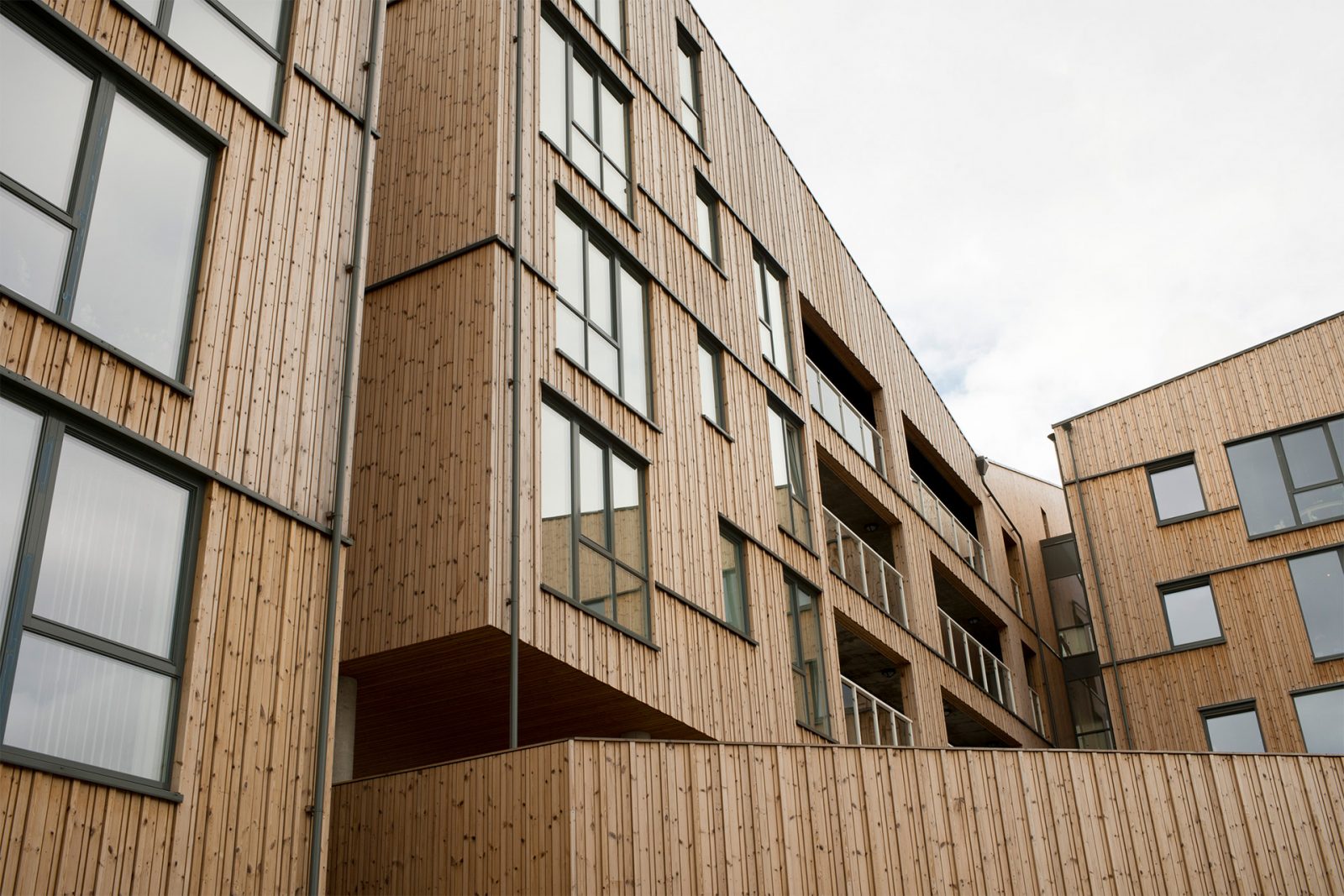
Timber cladding brings timeless warmth and modern sophistication to residential architecture, making it a favorite for homeowners and architects seeking both beauty and long-term performance. Its natural wood tones complement a wide variety of architectural styles from minimalist Scandinavian designs to contemporary coastal homes and everything in between.
Thermally modified wood offers design flexibility that allows for creative expression. Vertical or horizontal installations, mixed-width profiles, and varying color treatments give architects the freedom to craft unique facades that reflect the homeowner’s vision. Whether used across the entire exterior or as an accent feature, it creates striking curb appeal that evolves beautifully over time.
Beyond aesthetics, thermowood’s durability ensures that homeowners can enjoy their facade for decades with minimal upkeep. Its natural resistance to rot, insects, and moisture makes it well-suited for a variety of climates from harsh winters to humid coastal environments.
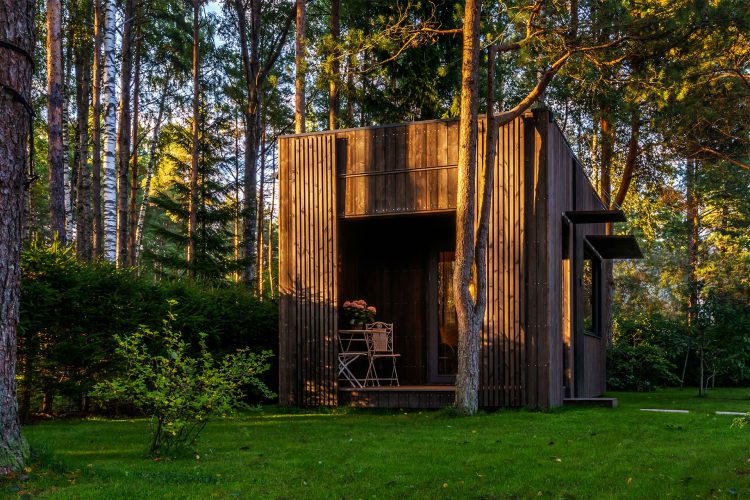
As the demand for sustainable, minimalist living grows, tiny homes and compact residential designs are gaining popularity worldwide.
Thermally modified wood cladding is an ideal choice for these small-scale builds, offering durability, beauty, and design versatility that fit the ethos of tiny living. The natural wood tones create warmth and character, helping small footprints feel inviting rather than cramped.
As urban populations grow together with the pressure to minimize construction industry’s emissions, architects and developers are increasingly turning to wood cladding for large-scale residential projects.
For architects, thermowood provides design flexibility whether it’s used for full facades, accent elements, or integrated with other materials like concrete, metal, or glass. Its natural warmth helps soften large structures, creating a sense of human scale and visual interest even in densely populated environments.
From the developer’s perspective, thermally modified timber offers long-term value. Its resistance to moisture, decay, and UV exposure ensures that building exteriors retain their beauty with minimal maintenance costs over the years – a key consideration for property management and long-term asset performance.
In the commercial sector, facade design is an essential part of brand identity. Thermally modified wood offers a sophisticated, sustainable solution that communicates quality, environmental responsibility, and design-forward thinking.
For office buildings, thermowood cladding can break the monotony of glass-heavy corporate structures, introducing natural elements that enhance the working environment and present a progressive, human-centered company image. Its durability ensures that the building maintains its refined appearance for years, with minimal upkeep.
In retail environments, facade aesthetics play a critical role in customer experience. Thermally modified wood creates an inviting storefront that communicates warmth and authenticity. Whether it’s a boutique shop or a large shopping center, this natural timber provides a memorable visual identity that helps brands stand out in competitive retail spaces.
In hospitality design, first impressions are everything. Thermowood cladding helps set the tone for the guest experience from the moment of arrival. Its organic warmth instantly communicates comfort, luxury, and connection to nature — values that today’s discerning travelers increasingly seek.
For hotels and resorts, thermally modified wood enables seamless integration with natural surroundings, whether nestled in forested landscapes, perched along coastal cliffs, or set in urban environments. Its ability to resist moisture and decay makes it perfectly suited for outdoor applications such as balconies, entrance facades, pool areas, and rooftop terraces.
Restaurants and cafés use thermowood to create cozy, inviting atmospheres that draw patrons in, while providing durability for high-traffic areas exposed to weather and seasonal fluctuations. Facades, outdoor dining enclosures, and patio areas benefit from the material’s ability to retain its beauty with minimal maintenance.
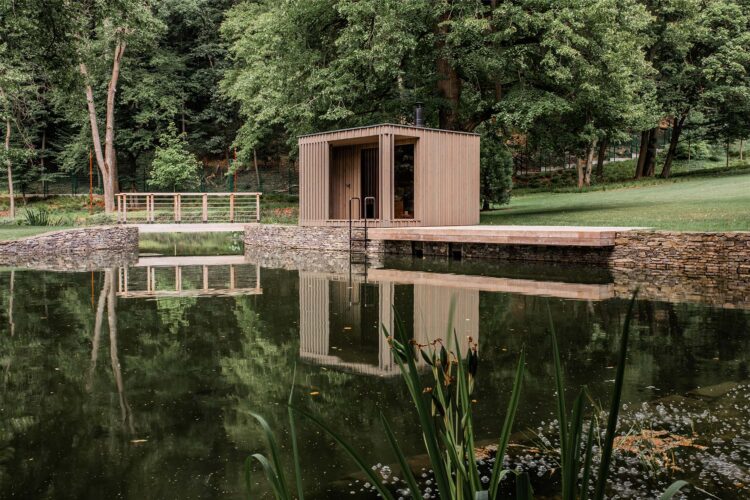
Few building types demand as much from their materials as saunas and spas where constant exposure to heat, humidity, and moisture is part of daily operation. Thermowood is exceptionally well-suited for these environments, offering both functional performance and calming natural beauty.
The wood’s dimensional stability ensures it maintains its shape and appearance despite frequent and extreme shifts in temperature and humidity. Its smooth surface stays comfortable to the touch.
Spas and wellness facilities often feature a seamless flow between indoor relaxation areas and outdoor pools, terraces, and lounges. Thermally modified timber allows designers to create a unified aesthetic throughout the entire property.
Public architecture demands materials that are accessible, inviting, and enduring. Thermally modified wood meets these needs while offering design flexibility that enhances community engagement and visual appeal.
Libraries, museums, and cultural centers benefit from this timber’s warm, natural appearance that fosters a sense of belonging and comfort for visitors. The tactile quality of wood softens large-scale public buildings, making them feel more approachable and connected to their surroundings.
Municipal buildings, community centers, and other public spaces often serve as focal points for towns and cities. With thermowood cladding, these structures can provide architectural excellence while offering functionality that stands up to daily public use and diverse weather conditions.
In modern school design, creating safe, inspiring, and sustainable learning environments is a top priority. Thermally modified wood offers architects and school developers a natural, durable material that supports both functional needs and aesthetic goals.
From kindergartens and primary schools to universities and research centers, thermowood’s warm tones create inviting exteriors that feel approachable and nurturing for students of all ages. Its natural finish helps soften institutional buildings, while still delivering a modern, professional appearance.
Beyond aesthetics, thermally modified timber offers excellent performance. Its resistance to moisture, insects, and decay makes it a low-maintenance option for schools that must balance tight operational budgets with long-term performance. Additionally, its chemical-free modification process aligns with sustainability goals often set by public and private educational institutions.
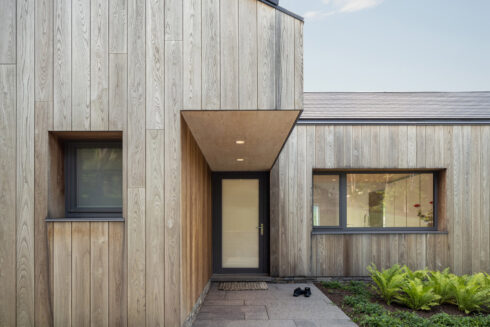
Contemporary...
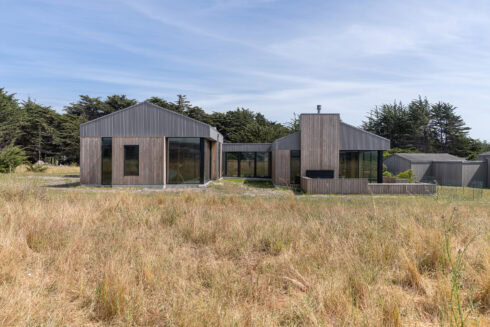
While a wood species’ natural properties play an important role in determining the timber cladding’s durability, they’re only part of the...
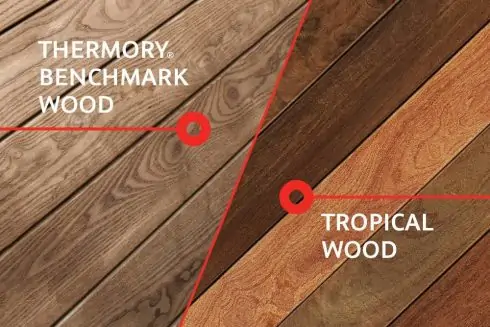
As the construction and design industries evolve, so does the demand for sustainable, high-performance building materials. For over 25 years, Thermory has...
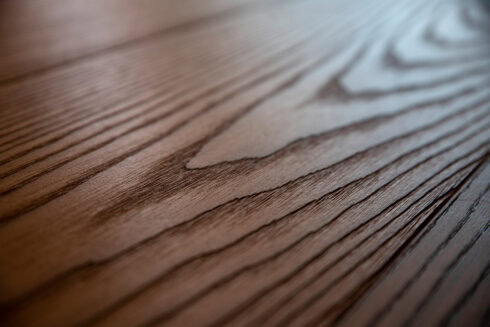
Picture a wood that balances elegance, durability and versatility – a natural material that not only meets your demands but also exceeds your...
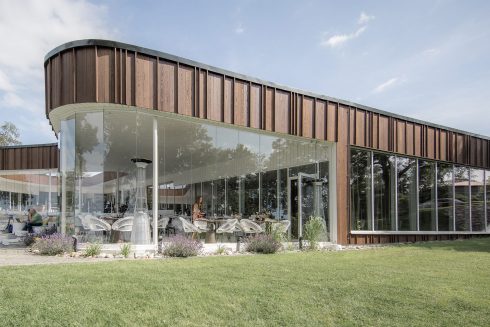
Combining different wood species, finishes and profiles brings variety to any interior or exterior design, delivering a tantalizing injection of texture and...
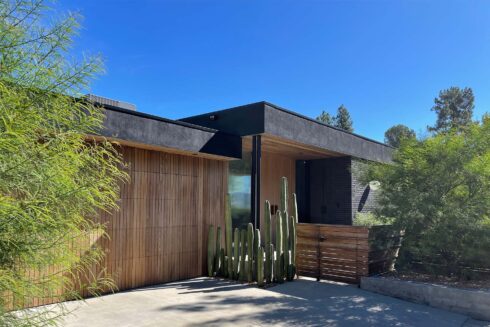
We were curious about the architecture trends and the popularity of timber in Australia, so we asked our down under partner, McCormacks Australia, to tell...
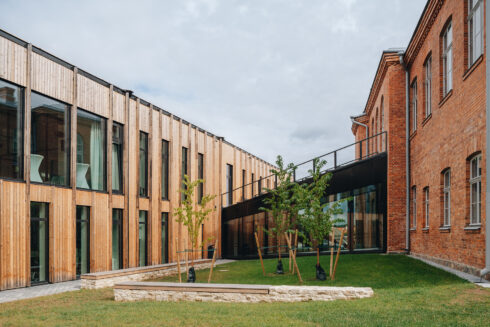
With the EU, US and many other countries aiming to achieve carbon neutrality by 2050, sustainability is not just a construction trend anymore, but it’s...
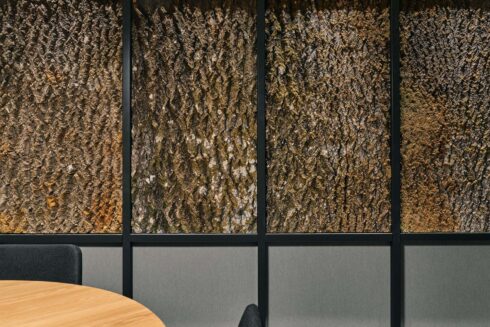
In the quest to shift our world towards more sustainable practices and circular processes, designers are increasingly turning their attention to...
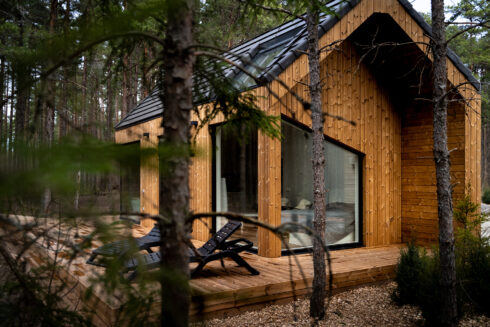
Sometimes, the best place to unwind and get away from it all is a secluded forest cabin in breathtaking surroundings. Find inspiration for your next...
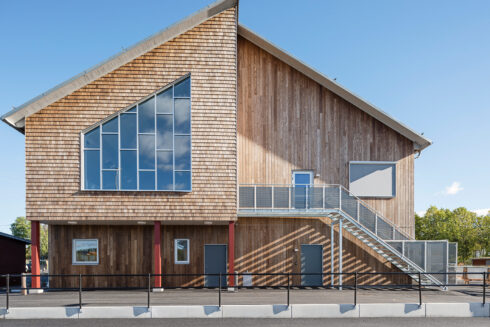
When it comes to designing and constructing educational spaces, choosing the right materials is crucial. There has been a growing trend towards...
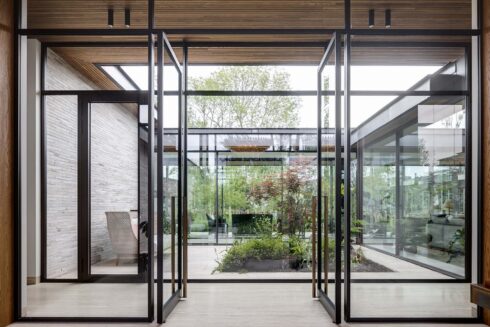
As architects and landscape designers, creating indoor outdoor living spaces that are sustainable and eco-friendly is more important than ever. With a...
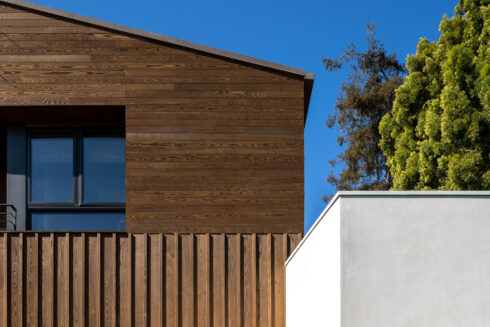
Wood is a highly valuable material and although it grows abundantly, we must treat this natural resource with respect and create value from even the smaller...
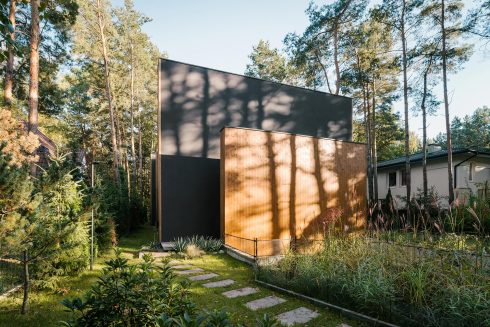
From intimate spaces like our homes to public urban areas, the environment surrounding us has a big effect on our well-being. Recent turbulent years have...
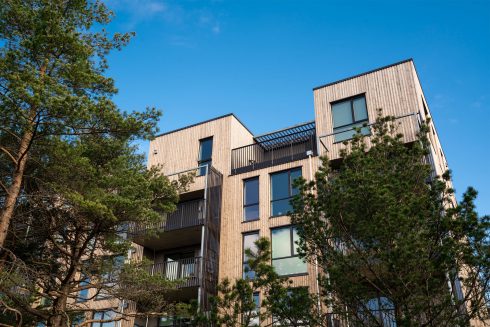
Finding the best solution to clad buildings is important for several reasons – as well as defining the look and feel of your design, it also has a major...
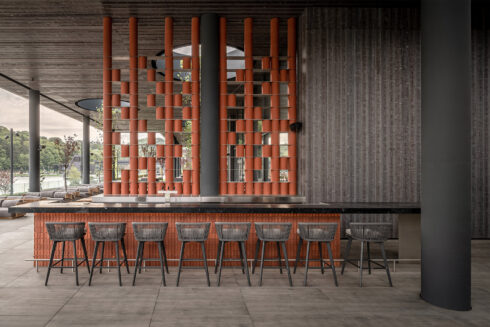
Thermory Design Awards is part of Thermory 25 celebrations for acknowledging and rewarding our...
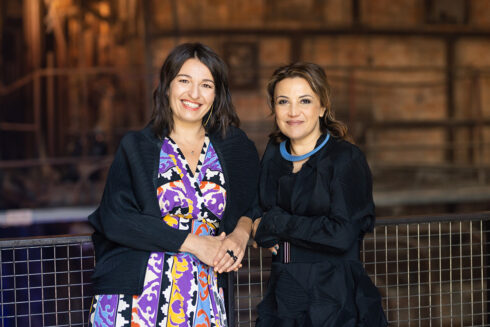
Curators of Tallinn Architecture Biennale 2022 exhibition “Edible ; Or, The Architecture of Metabolism”, Lydia Kallipoliti & Areti...
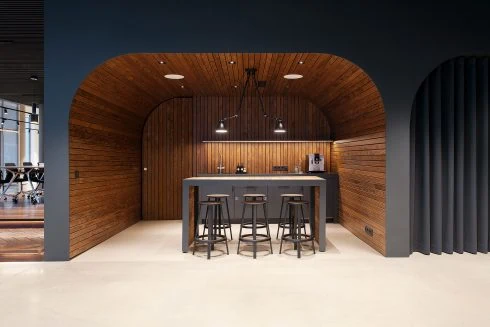
The aim of biophilic design is to create buildings and spaces that enable harmonious, naturally enjoyable experiences for their users by promoting the...
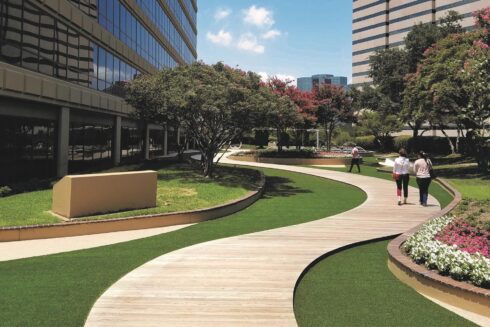
The purpose of biophilic design is to create spaces that deliver benefits for both human health and the environment by nurturing people’s innate affinity...
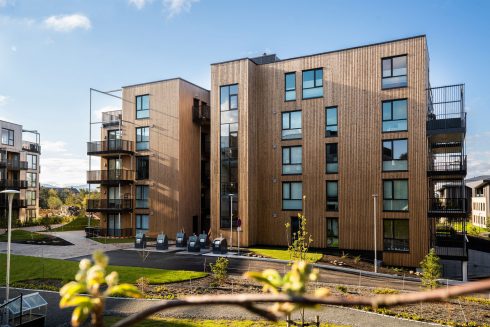
Natural wood can be used in many different ways. The beauty and versatility make wood unequalled building material. As both an interior and exterior design...
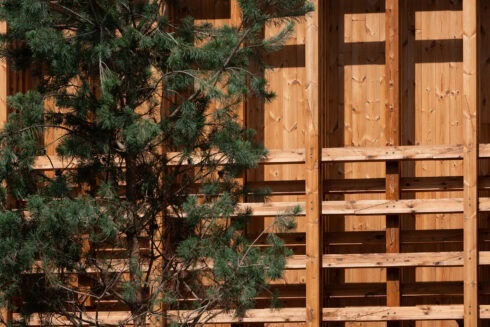
When it comes to...
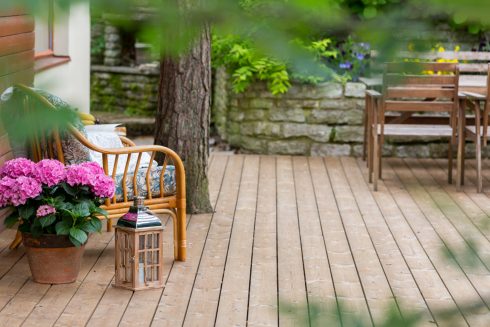
Home is where the heart is – a place where the whole family can feel safe and warm. The building materials you choose should enhance this feeling and...
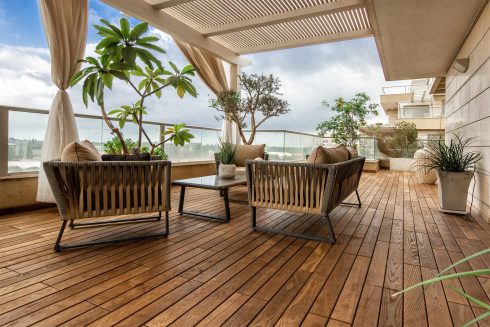
Wood is one of the most common building materials in the world and, with responsible forest management, it is the only renewable building material we have....
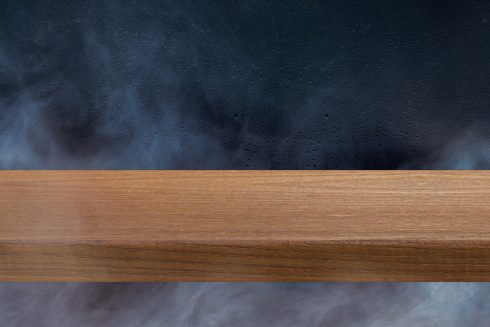
Thermally modified wood, often referred to as thermowood, is real wood enhanced using only heat and steam to improve its durability, dimensional stability,...
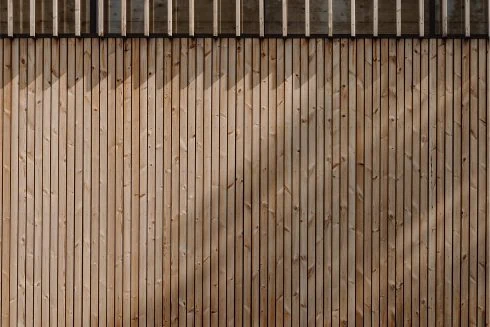
With rising concerns about climate change, the world community’s responsibility to reduce our carbon footprint rests with each and every individual and...
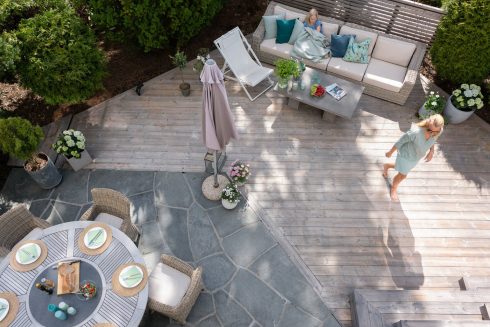
As a natural material, the color of wood alters over time – and there is no exception with Thermory’s thermally modified wood products, which gradually...
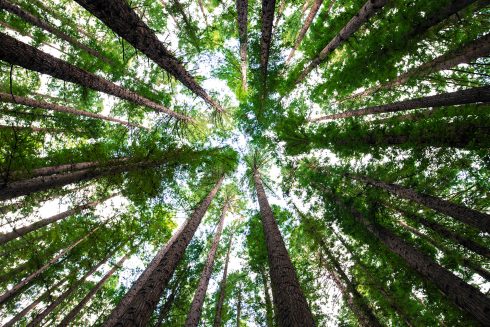
Wood is a sustainable and versatile material with an almost limitless range of uses, including construction, tools, paper and fuel to name just a few. But...
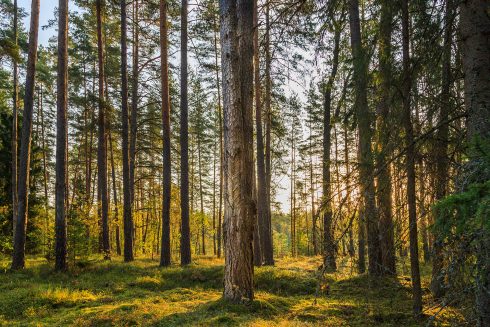
Ensuring the highest quality with the smallest possible ecological footprint and responsible use of resources are all principles that we consider important...

Throughout the history of architecture, surely no other material has been as influential as wood. It’s rare to see a building that’s been produced...
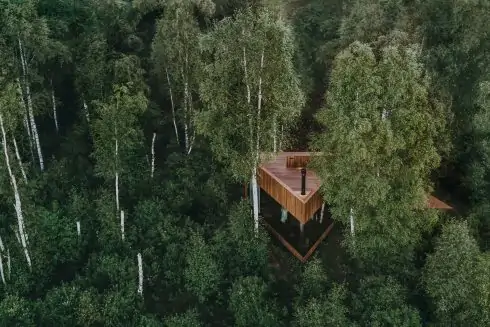
A trend is taking root in the worlds of architecture and interior design based on using natural materials and living plants to better...
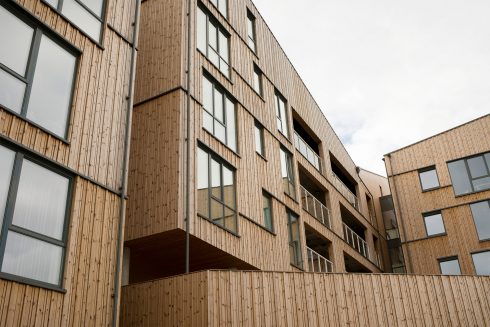
If you’re considering which wood types to use for a renovation or construction project, there are several considerations that may influence your decision...
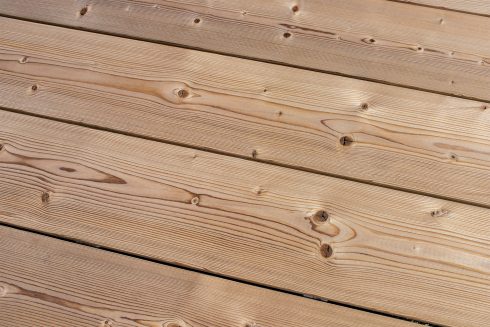
The wood-paneled interiors so common to mid-century homes have become sought after again, as many seek the warm, cozy feeling that the natural material...
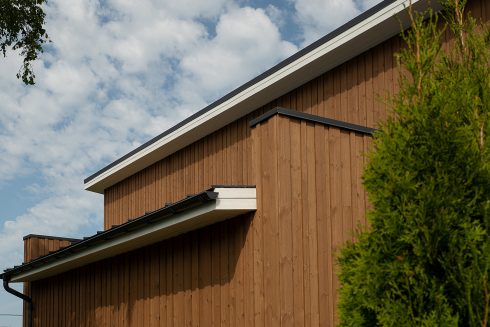
To ensure that your Thermory cladding retains its natural warm and authentic character, it’s important to apply the correct maintenance techniques. The...
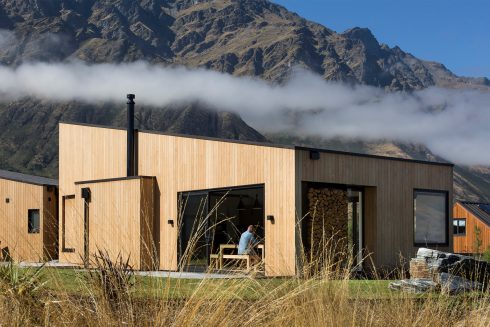
No matter where you live when you’re choosing a decking or cladding material, you’ll have to be mindful of how that material will change over time...
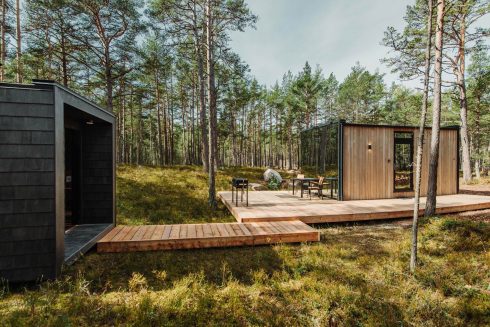
The tiny house movement has gained more momentum in the last decade, but why? It is based on tiny living: owning less so that what you own doesn’t own...

In 2022, the global megatrend of sustainable architecture and building practices will continue. Architecture trends influence the choice of materials both...
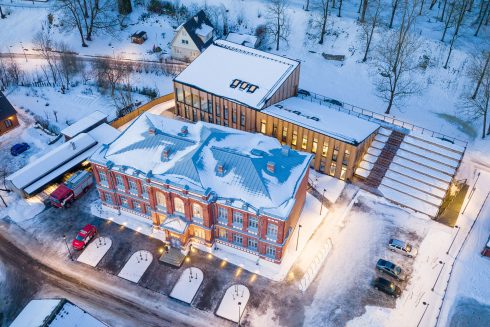
BENCHMARK THERMO-PINE CLADDING C4 20x115 / 26x 115, DECKING D4 26x115
ESTONIA
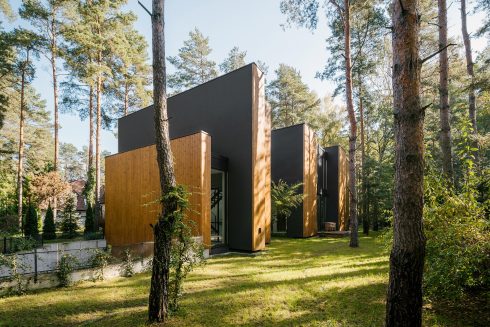
BENCHMARK THERMO-PINE
POLAND
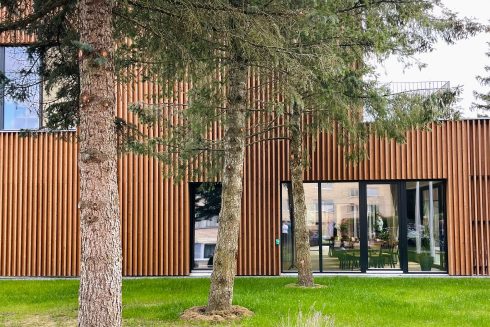
BENCHMARK THERMO-PINE
LITHUANIA

THERMORY THERMO-PINE MIX & MATCH CLADDING
NORWAY
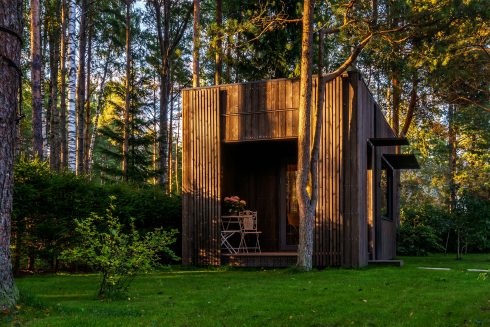
THERMORY BENCHMARK THERMO-SPRUCE BRUSHED CLADDING, THERMO-ASH DECKING AND FLOORING
ESTONIA
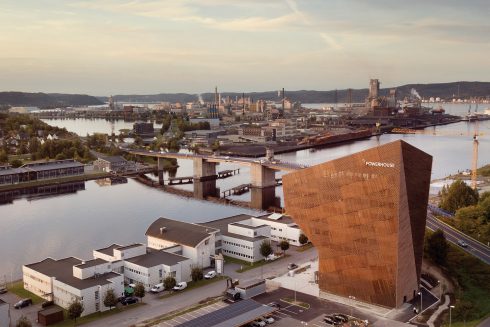
THERMORY BENCHMARK THERMO-PINE CLADDING C4
NORWAY
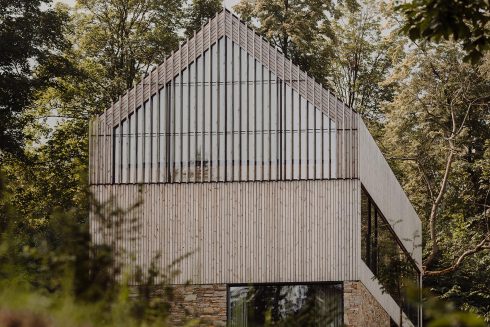
THERMORY BENCHMARK THERMO-PINE CLADDING AND ROOFING
POLAND
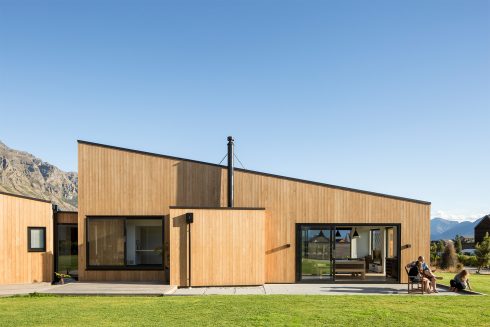
THERMORY BENCHMARK THERMO-RADIATA PINE CLADDING C3
NEW ZEALAND
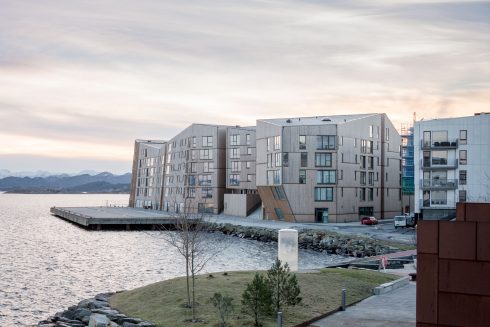
THERMORY BENCHMARK THERMO-PINE CLADDING C3 20X115 MM, ROOFING C10 20X140 MM AND DECKING D4 SG 26X140
NORWAY
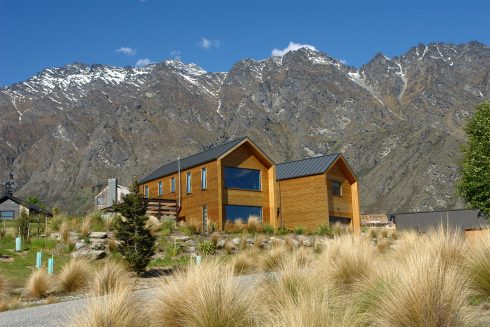
THERMORY BENCHMARK THERMO-PINE CLADDING C8 26X140 MM
NEW ZEALAND

THERMORY BENCHMARK THERMO-ASH CLADDING C5 20X72/140/190MM, BRUSHED AND THERMO-ASH MEDIUM FLOORING F5 18X245
ESTONIA